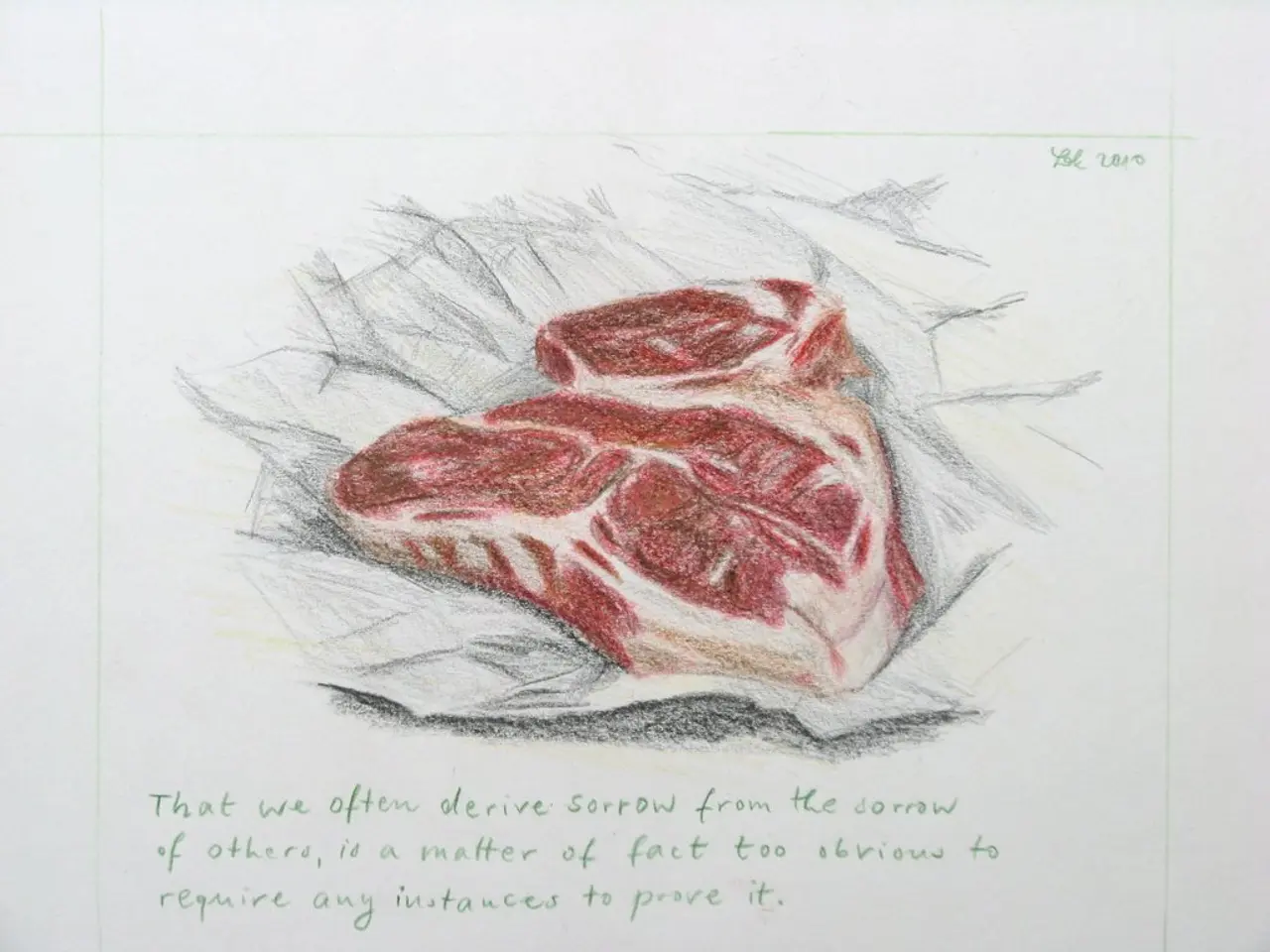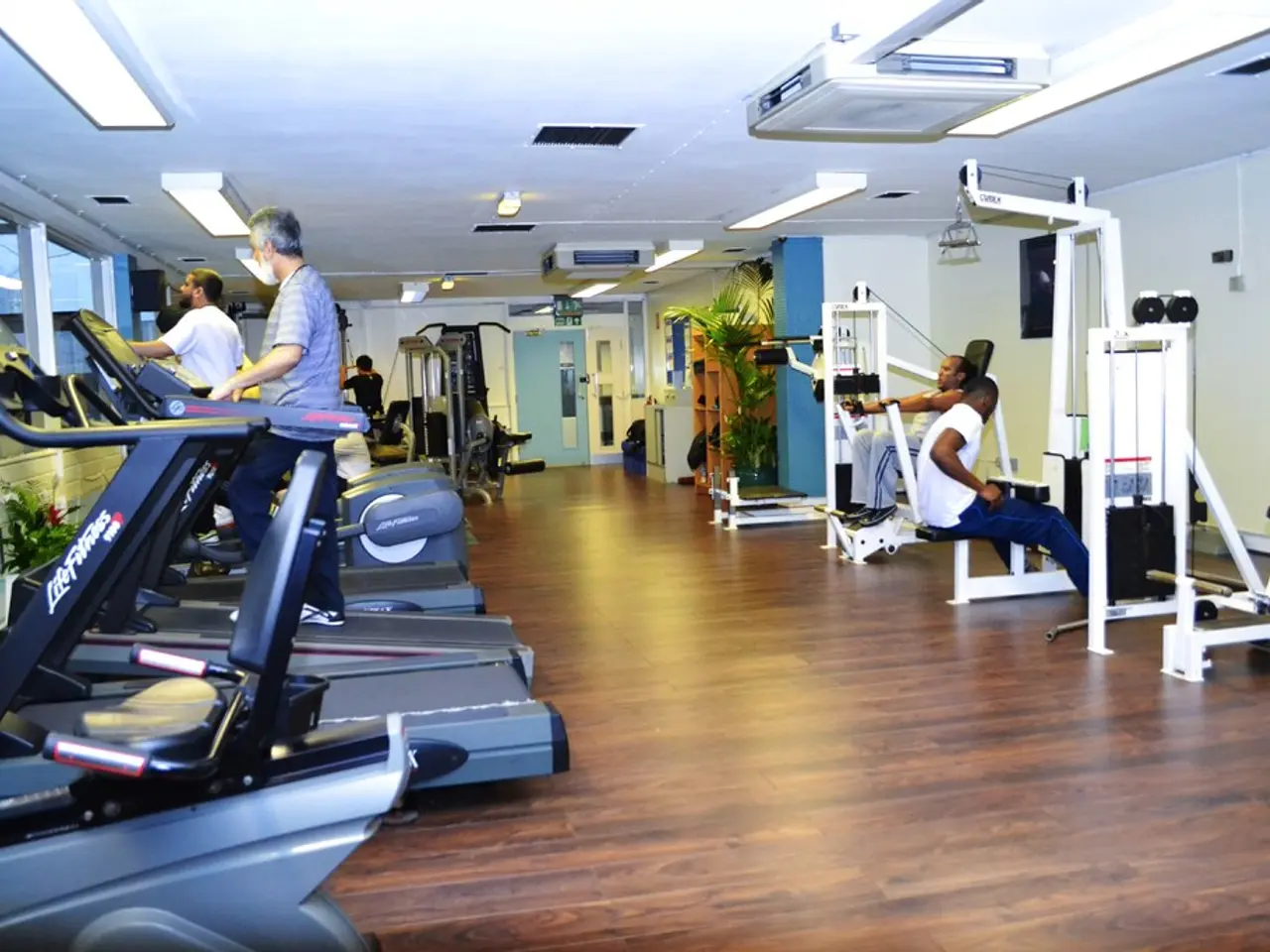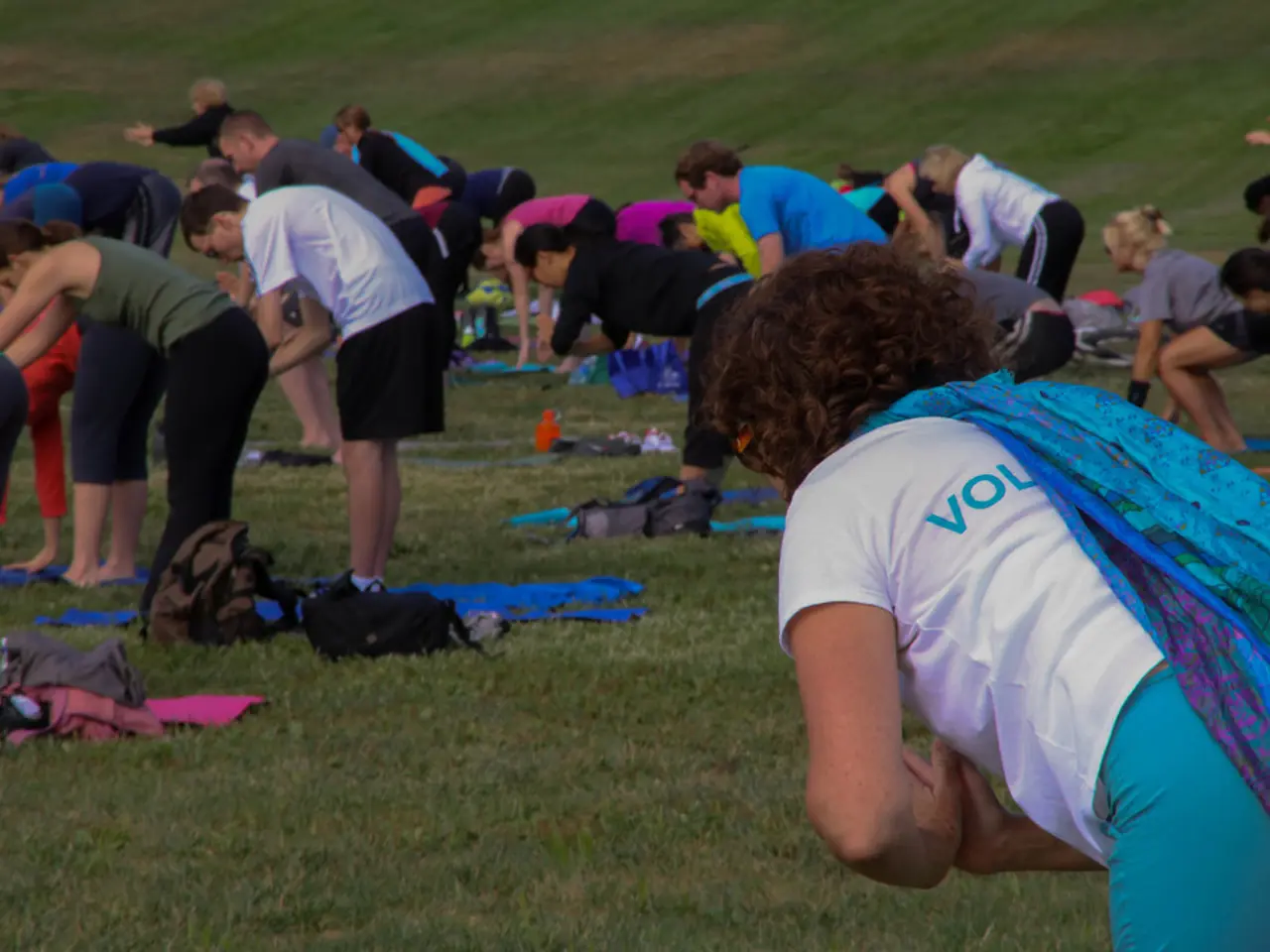Hemorrhoids: Signs, origins, and remedies
Hemorrhoids, swollen veins in the anus and rectum, are a common health issue affecting many adults, particularly those aged 45-65 years. However, they can also occur in pregnant people, young people, and children. The condition is often caused by factors such as age, pregnancy, and constipation.
In diagnosing internal hemorrhoids, doctors may perform a digital rectal exam, manually inspecting the anus using a gloved, lubricated finger. If internal hemorrhoids are not found through this method, an anoscope may be used to check the anal and rectal lining.
Grade 1 internal hemorrhoids remain in the rectum without prolapsing, while Grade 2 hemorrhoids prolapse when a person passes stool but return inside on their own. Grade 3 hemorrhoids are prolapsed and require pushing back in, and Grade 4 hemorrhoids are prolapsed and will not go back inside.
Complications of hemorrhoids can include bleeding, strangulated hemorrhoid, anemia, blood clots, infection, urinary retention, and the need for immediate medical help for symptoms such as persistent or heavy bleeding, pus leaking from hemorrhoids, fever, or severe pain.
Beyond home remedies, there are several effective methods for treating hemorrhoids. Minimally invasive procedures include rubber band ligation, sclerotherapy, hemorrhoidal artery ligation, and hemorrhoid artery embolization. Rubber band ligation involves placing a rubber band around the base of the internal hemorrhoid to cut off its blood supply, causing it to fall off within a few days. Sclerotherapy uses a chemical solution to shrink the hemorrhoid, and hemorrhoidal artery ligation ties off the arteries that supply blood to the hemorrhoids. Hemorrhoid artery embolization is a non-surgical treatment that uses particles to block the arteries feeding the hemorrhoids.
Surgical treatments for hemorrhoids include hemorrhoidectomy, stapled hemorrhoidopexy, and thrombectomy or excisional hemorrhoidectomy. Hemorrhoidectomy is a surgical procedure where the hemorrhoids are removed under general anesthesia, while stapled hemorrhoidopexy involves stapling the hemorrhoid to cut off its blood supply, causing it to shrink back up into the anal canal. Thrombectomy or excisional hemorrhoidectomy is the surgical removal of thrombosed or severely prolapsed hemorrhoids.
Lifestyle changes can also help prevent and manage hemorrhoids. Eating a diet high in fiber can help soften stool and reduce straining during bowel movements, while drinking plenty of water can help prevent constipation. Regular physical activity can improve bowel habits, and limiting time on the toilet and avoiding prolonged sitting can reduce pressure on the anal veins.
Symptoms of hemorrhoids include rectal bleeding, itching, pain, swelling around the anal area, lumps and swelling in the anal region, and discomfort. Simple home treatments, such as increasing water intake, using over-the-counter creams and ointments, taking fiber supplements, applying ice packs and cold compresses, taking sitz baths, and using medications like zinc oxide, witch hazel, steroid cream, lidocaine, and analgesics, may help relieve symptoms of hemorrhoids.
External hemorrhoids occur in the skin around the anus and are visible. They can be very painful due to more sensitive nerves in this part of the body. Factors that may contribute to hemorrhoids include diarrhea, chronic constipation, sitting for too long, a diet low in fiber, heavy lifting, anal intercourse, and being overweight.
By following these prevention strategies and seeking appropriate treatment when necessary, individuals can effectively manage and alleviate the discomfort associated with hemorrhoids.
- Medical-conditions such as multiple sclerosis, diabetes, asthma, COPD, and digestive health problems can coexist with hemorrhoids, making their management more complex.
- Predictive models in science can help identify individuals at high risk for developing complications from hemorrhoids, enabling prompt and effective interventions.
- Depression is not uncommonly found in people suffering from hemorrhoids due to discomfort, pain, and the impact on health-and-wellness.
- Type 2 internal hemorrhoids, classified as Grade 3 or 4, require medical attention because they are prolapsed and will not retract without intervention, potentially leading to infection or other complications.
- Preventive measures for hemorrhoids, including maintaining a diet high in fiber and avoiding prolonged sitting, may also contribute to overall AQ (air quality) by reducing straining and pressure on the anal veins, leading to gastrointestinal health benefits.
- Interdisciplinary collaboration between various medical specialties, including gastroenterology, internal medicine, and dermatology, is essential in treating challenging cases of hemorrhoids and associated health concerns.




